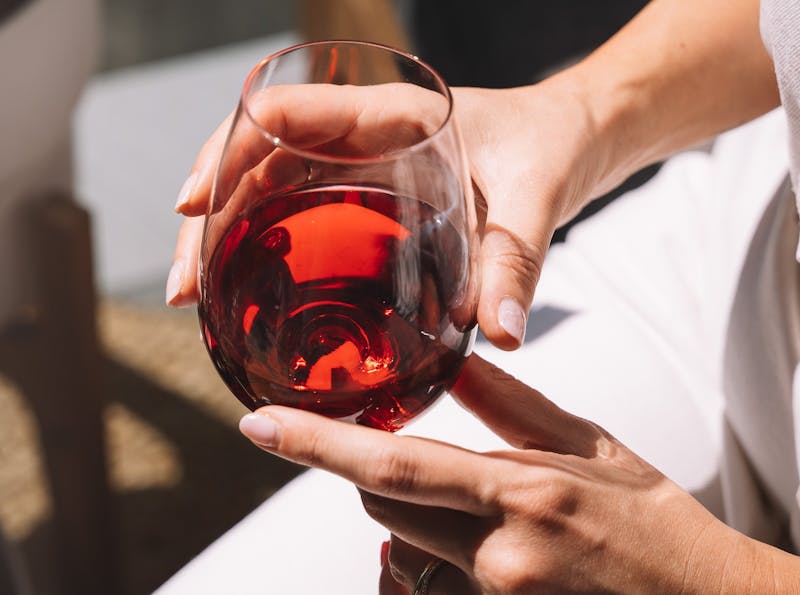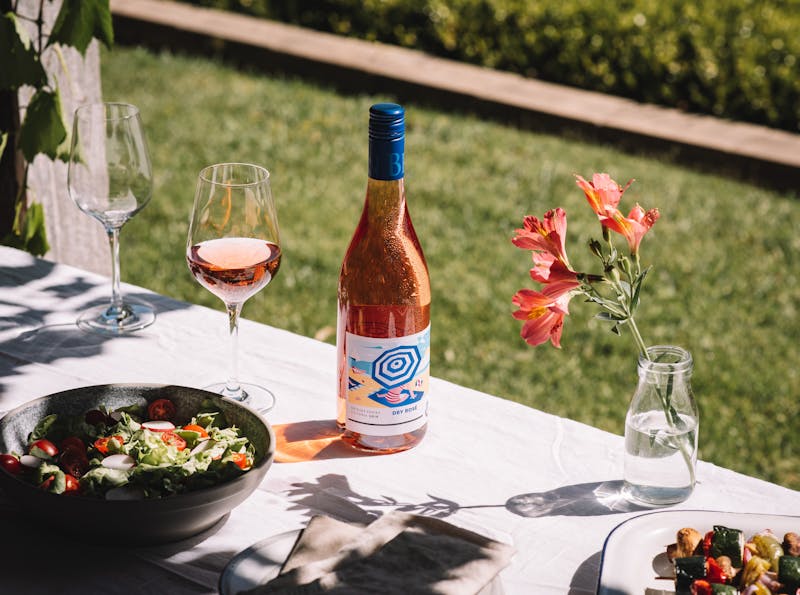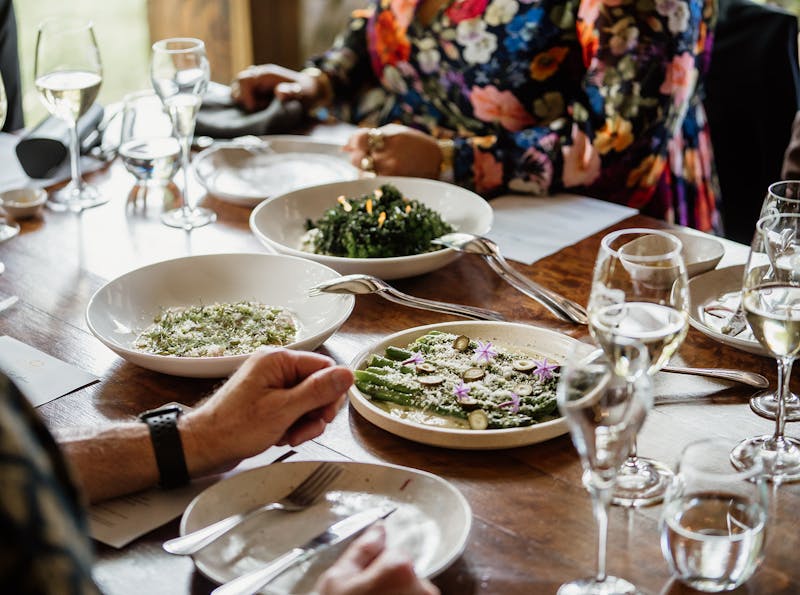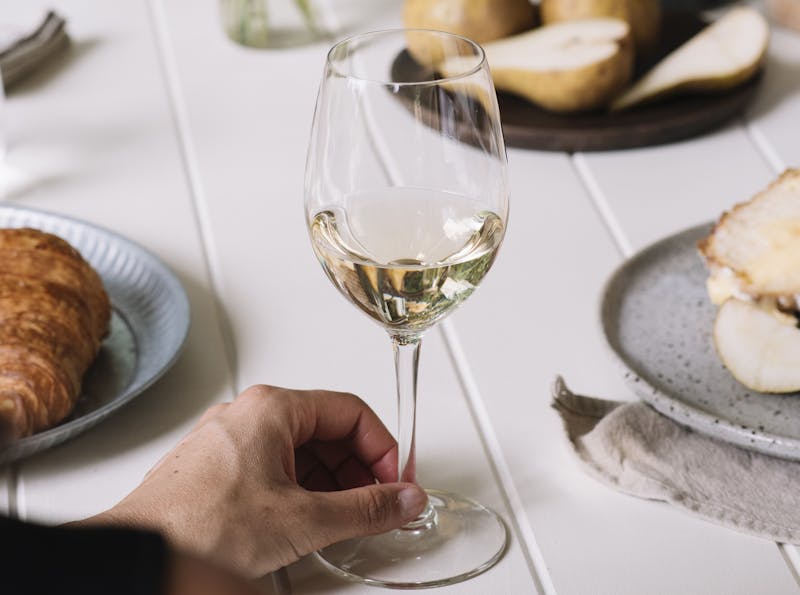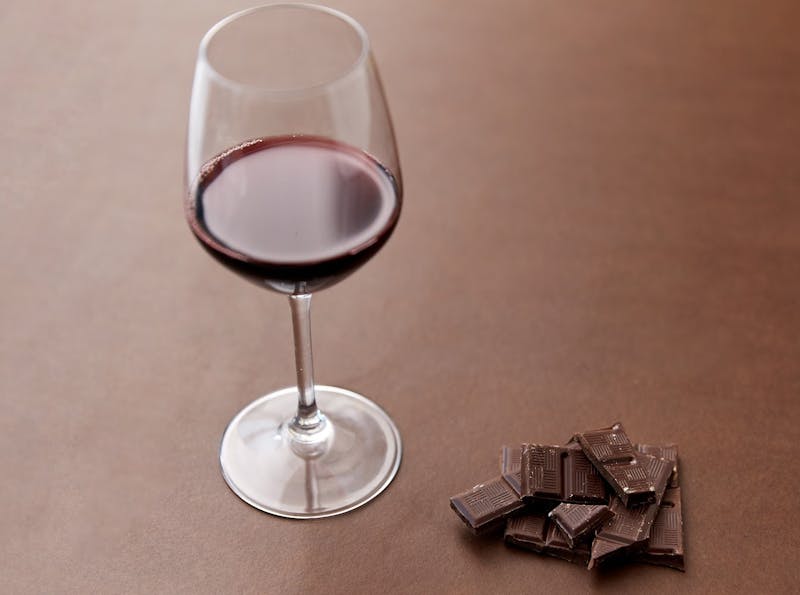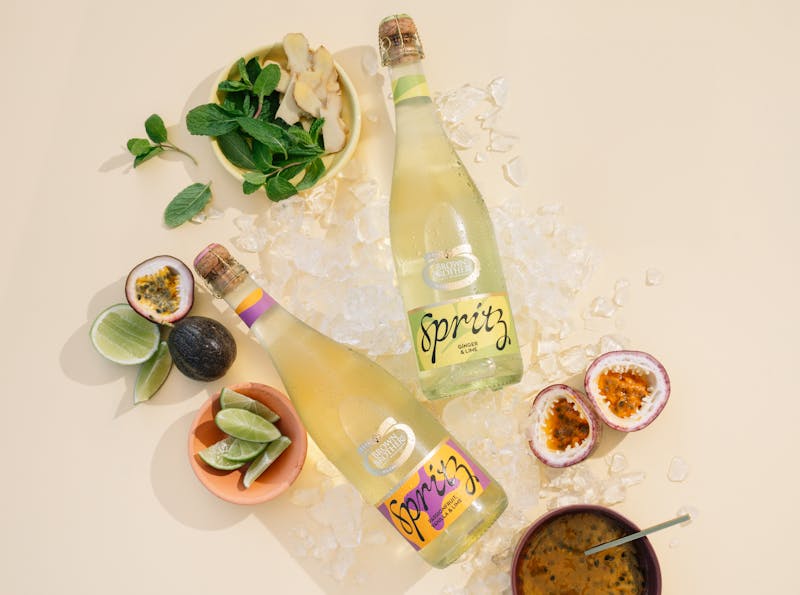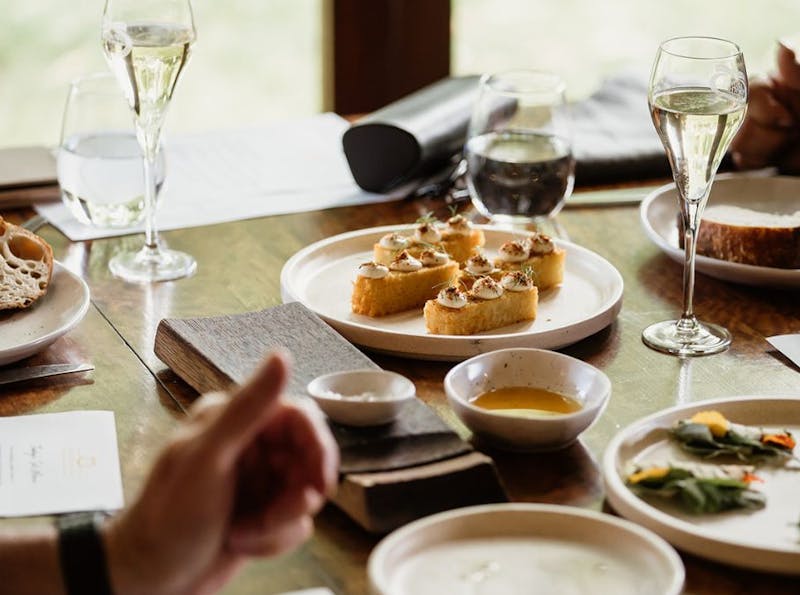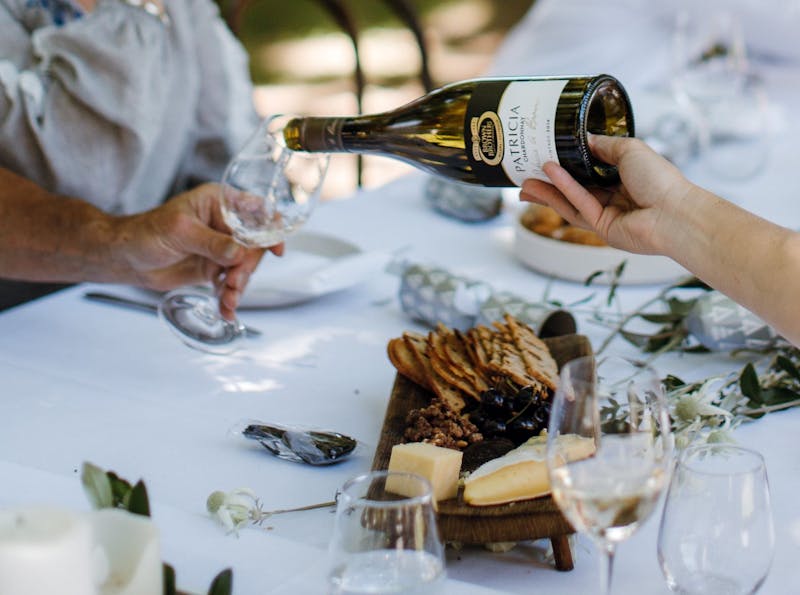Wine Education
10 fun facts about Durif to delight your palate
Fri 7 June 2024

Have you heard of the powerful red table wine Durif? You have? Please pass go and collect $200! If you haven’t, then now’s the time.
But first let’s clear the air. Durif mightn’t be a household name. Yet. But that’s not because Durif isn’t a superb quality wine. And it’s certainly not due to reticence at the grape varietal level, with Durif packing a veritable punch in terms of flavour, intensity, alcohol content and tannins.
Without further ado, we present you these 10 fun facts about Durif. Drum roll please.
1. Durif originated in France. Shocking
Have you ever heard of a wine that originated in Dubai? Neither have we. Because let’s be honest – a huge percentage of the wonderful wines in the world were born in France. And Durif is no exception.
It’s a fun story, actually. In the 19th century, a botanist by the name of Francois Durif was pottering around his nursery in Tullins in France, where he’d planted a bunch of different grape varieties. One day, the little-known grape Peloursin took a liking to wildly popular Syrah and decided to cross-pollinate. And the rest, as they say, is history.
2. Durif and Petite Sirah are the same thing
Shakespeare said it best: ‘A rose by any other name would smell as sweet.’ And that’s especially the case here - Durif and Petit Sirah are in fact synonyms for the same red wine. In Australia and France the wine is known as Durif, while in the US, Israel and some other winegrowing regions it’s referred to as Petite Sirah. That’s with an ‘i’, as we explain below.
3. Durif and Petite Syrah are NOT the same thing
Spelling mistakes are irritating at the best of times. But in the wine world, lazily swap an ‘i’ for a ‘y’ and suddenly you’re talking about an entirely different grape varietal.
Petite Sirah is the correct name for red wine made from Durif grapes, while Petite Syrah refers to a meagre clone of the Syrah grape created by winemakers in the Rhone Valley. Petite Syrah has since vanished into insignificance, so we need never mention it again.
4. The Durif grape adores heat
The Durif grape flourishes in hot and dry climates with little rain. So it makes sense that the grape varietal is most prevalent in Australia and California. In Australia, Durif thrives in central and northern Victorian regions such as Rutherglen, Heathcote and the Murray Valley, as well as South Australia’s Riverland. But the grape has also spread to other hot grape-growing regions globally, including Israel, Mexico, Chile and Brazil.
5. Durif is a diva (and by that we mean it's hard to grow)
Durif/Petite Sirah grapes are small (hence the ‘Petite’ in the name), with a tendency to clutch each other closely lest they be thrust out from the bunch cold and alone. It’d be endearing if it didn’t make the Durif grape especially prone to decay and disease (including Botrytis) in rainy regions. The wee grapes also have more skin than they do juice, which can result in overly tannic wines that require a longer maturation period to soften.
6. Durif packs a flavour punch
You know those little grapes we talked about with not much juice but a heap of skin? That ain’t all bad when it comes to flavour. Durif/Petite Sirah is known for its deep purple colour, high tannins and acidity and powerful fruit flavour, with luscious notes of pepper, herbs and especially dark berries such as blueberry and blackberry. If anything, the flavour profile of Durif can be a little too robust in youth. Ageing in oak barrels helps lessen these wild ‘n’ woolly notes, lending a softness and subtle chocolate aromas to the bottled wine.
7. Don't Durif and drive
Durif is known as being one of the more alcoholic red wines, with an average Alcohol By Volume (ABV) of between 13-15%. Other high-alcohol red table wines include Shiraz (makes sense given they’re related!), Grenache Shiraz Mourvèdre blends and Zinfandel.
8. Loosen that belt buckle: Durif craves fat
If you’re the sort of person who dabbles in salads and light seafood dishes, you’d best steer clear of burly Durif. With its high acidity and beefy tannic structure, Durif pairs perfectly with rich, high-fat, preferably meaty foods. Think slow-cooked lamb shoulder, calorific cassoulet or braised pork belly. Hold the calorie counting, pass the wine.
9. Durif is here for a long time AND a good time
We know what you’re thinking: Is it worth exercising extreme self-restraint in order to age a newly-purchased bottle of Durif? Why yes it is! Durif is suited perfectly to ageing, with premium wines able to be ‘put down’ (that’s cellared) for 10-20 years. The reason lies with the Durif grape’s powerful fruit core and robust tannins, which both increase a table wine’s ability to age in bottle.
10. BONUS FUN FACT
We adore a good celebration here at Brown Family Wines, so let’s all raise a glass to International Durif Day on June 10! You’ll find us by the fire savouring unctuous slow-roasted lamb shanks with our Brown Brothers Limited Release Durif 2021.


